Drawing and sketching are not essential skills of sales representatives, yet they help them do their work better. Why? Simply by allowing stories to unfold visually and, therefore, to build trust. As we all know, trust leads the way to purchases… Here are five uses of the free hand in selling – all of them can be done on a tablet, too.

1. Draw blueprint drafts and technical details
An obvious use of a mobile device with a digital pen is to draft or sketch blueprints and technical details while out and about, even when in front of a client. The user has to be neither an engineer nor an artist: unlike in maintenance or technical design, the sketches serve only the purpose of telling a story, not to be a measure. However great work your sales enablement team is doing, there can be times when the rep is not equipped with the blueprints and detailed designs he or she needs. But expertise and some drawing skills are there to move the deadlock.
2. Sketch processes
Especially in B2B selling, reps need to present complex processes that lead to the solution the client requested. However, the complex nature of these processes require a complex explanation and that is sometimes too much for the other party – not to mention the important details that can be lost meanwhile. In order to make things easier, reps have a great tool at their disposal. They can make a quick sketch of the process they are talking about at any point in the presentation! Prospective clients will also feel unique as the meeting notes come with handwritten sketches, made only for them and following their own requests.
3. Highlight important points
Personal conversations are invaluable but so much can be lost while talking. By highlighting (underlining, circling, etc.) important points of a presentation or a product documentation, salespeople can make sure the agent will have the most important messages delivered even when forwarding the materials later to the client. Reps themselves might find it useful as well to get a quick overview of the points they need to act on.
4. Make presentations complete
Presentations are mostly known as the boring variations of stories. Surprises, on the other hand, will help get the attention of the audience. They come in many shapes and forms but sketches are certainly among them. So how to show the client that an agent is listening to them? By drawing and writing missing information in the presentation during the meeting, it is more than obvious that the agent listens and makes an effort to add even more relevant details to what is being told.

5. Take handwritten notes
Handwriting is more comfortable for many than typing and, therefore, can be quicker. But there is another aspect of handwritten notes: it suggests a higher level of authenticity, so it is great for building trust with clients. You should never underestimate the power of trust: the average sales cycle has gotten longer in the recent years and it has been paired with a growing skepticism from the part of the prospective buyer. The only thing that is able to speed up the process now risk-free is trust, and any tool that helps build it should be honored and nurtured.





